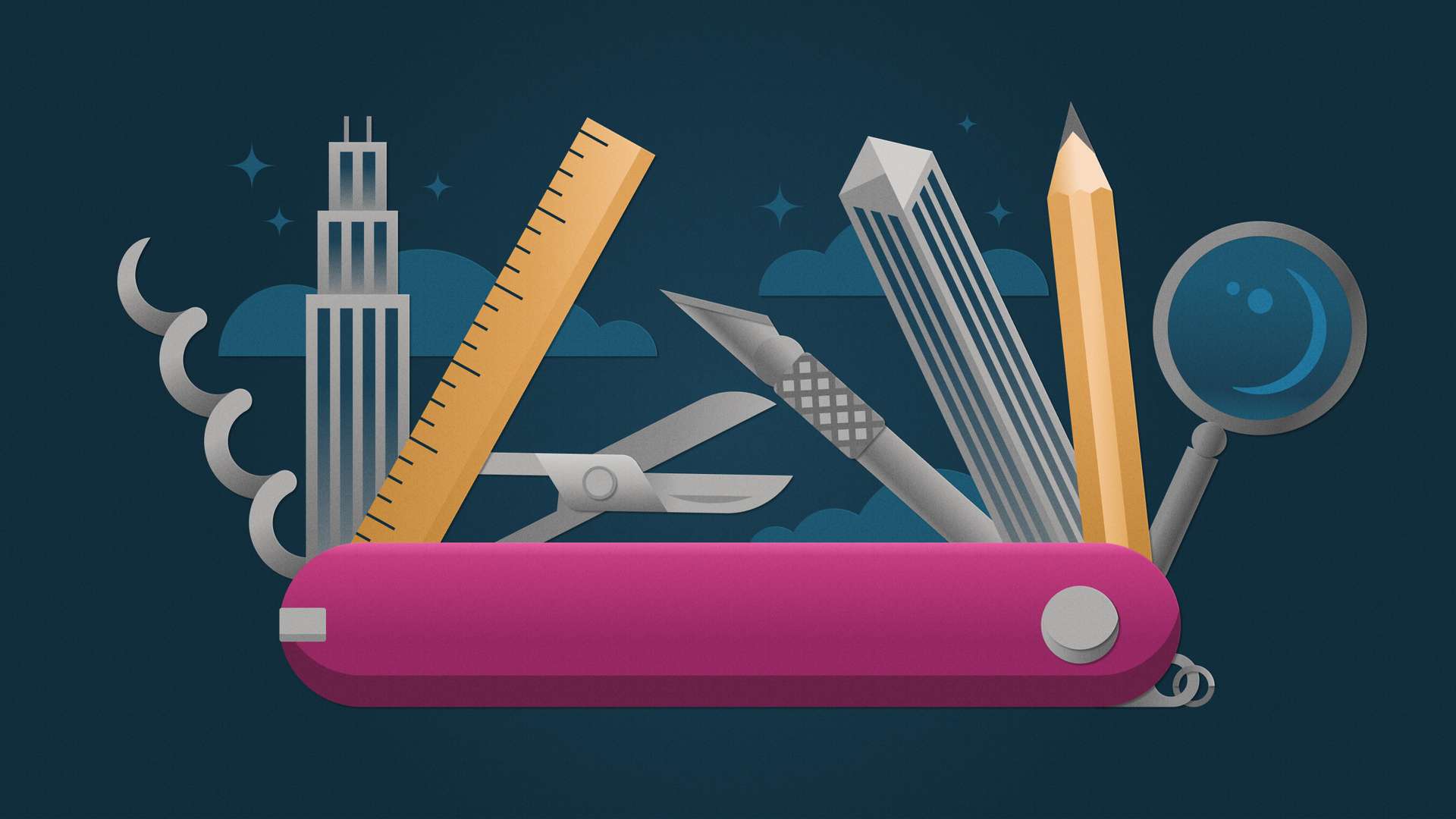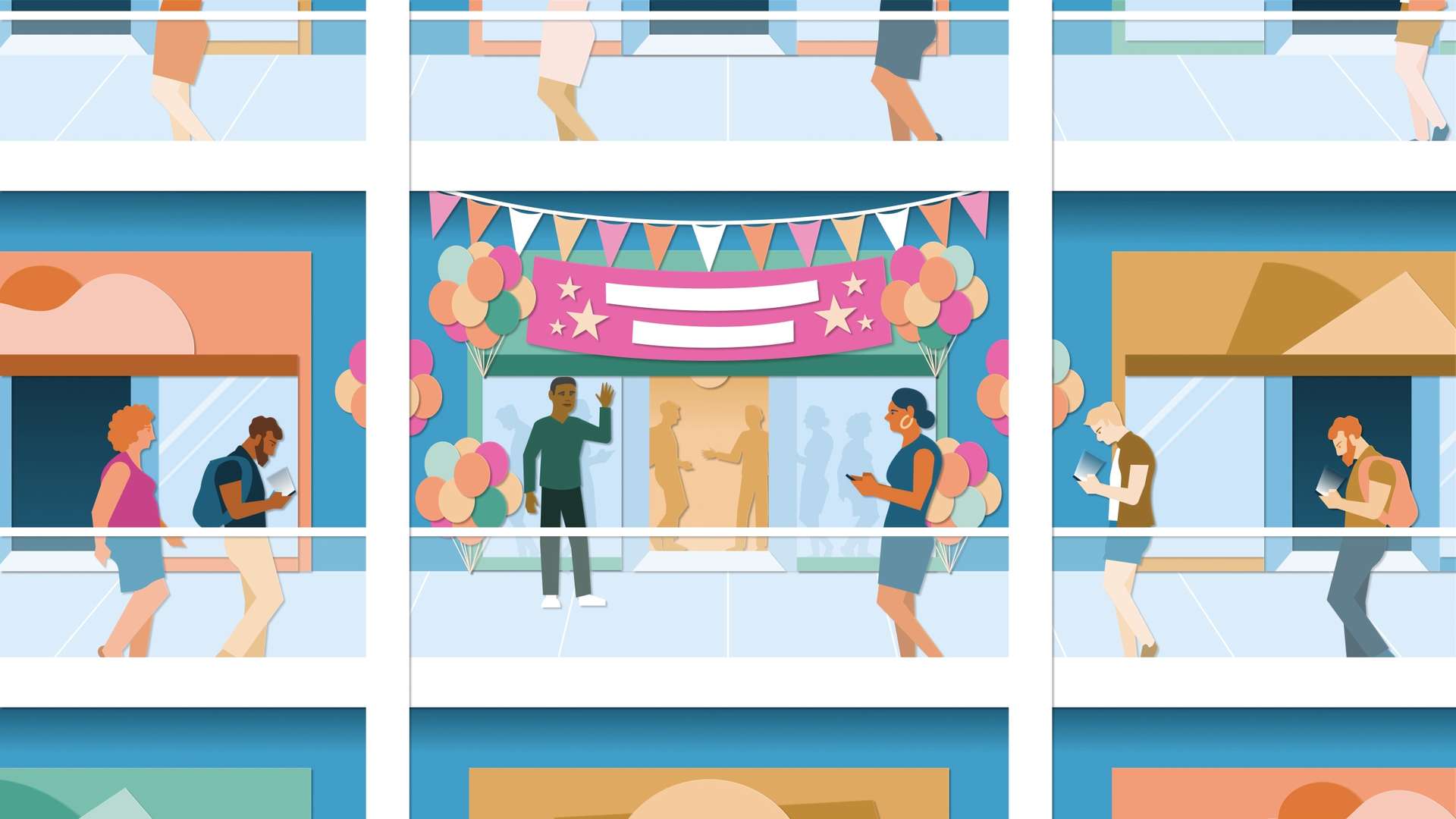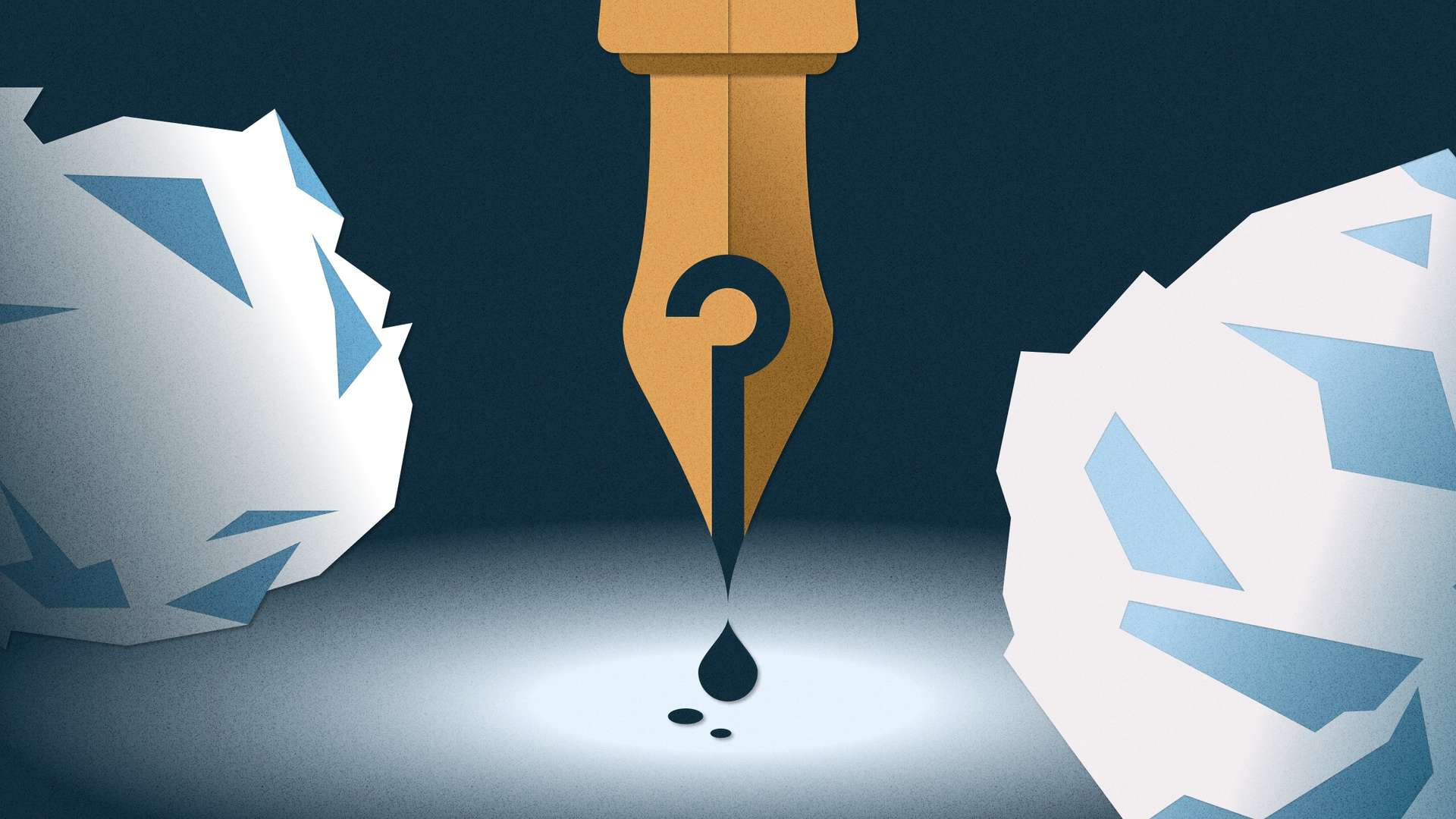I’ve divided my career in product design between startups, agencies, and finally an enterprise role. In spite of myself and my pride in Indeed’s mission, there was a time when my voice lowered conspiratorially when I got to the end of that list. Before I became one of them, I remember genuinely wondering about my corporate UX counterparts: “what do they do all day?”
When I was considering a job at Indeed, I worried I wouldn’t be challenged. I asked a lot of questions about how I could have an impact and what problems I’d be solving. I wondered how it could take so many minds and hands to do what I assumed to be the same work we were doing at smaller shops with a fraction of the brain power. My concerns boiled down to this: How could one designer on a 100-plus person UX team stay busy, much less add value?
A recent social media post posing similar questions caught the attention of some colleagues, and the discussion got a little defensive. After all, at Indeed, there’s no shortage of work to be done or value to add. It was easy to see how my busy, talented colleagues might feel offended. But given my background, I could also empathize with the folks on social media puzzling over how we spend our time.
I jumped the tracks from physical product development (industrial design) to UX design in 2010. In those days, Austin, Texas, was dubbed “Silicon Hills” for its influx of technology start-ups (including Indeed, founded here in 2004). The energy surrounding these companies was positively electric, and I couldn’t resist the pull to join an effort that promised to hit the big time.
My journey began, as many startup journeys do, at a dining room table in the founder’s home. Looking back, I see how the uncertainty that came with such a big bet led me to believe that demand for excellence tapers off as a company matures and grows. Here’s how my career path disproved that idea.
Big teams take on big challenges
As a UX designer at a startup, my job demanded a Swiss-Army-knife equivalent of skills. I conducted my own scrappy research, worked a regular shift on our support email account, walked the floor at trade shows getting our message out, and helped define the future of the business. Mostly though, I was free to test wild ideas with little to no ripple effect on our small product. Before arriving at the crushing conclusion that my startup wouldn’t have me retiring on a yacht in my thirties, I thrived in the hum of hope I found there.
When I abandoned my stock options for the relative stability of an agency, I found the pace similar but the work more targeted to my role. I quickly learned where I could add the most value and grew to trust partner disciplines like content and visual design. Able to focus on what I did best, my skill set became razor sharp. As a member of the new-business team, I devoured trends in web design and new technology to fuel our pitches. We’d win the business, raise a glass, and be on to the next thing before the ink was dry. It was exhilarating but, for me, unsustainable.
When my daughter was born in late 2017, work-life balance became a priority. I accepted an offer to join what was, in 2018, just shy of a 100-person UX team at Indeed. When I gave notice to my agency, I explained that I needed a break. In the weeks between jobs, I looked forward to my new role as one might anticipate a tropical vacation. I imagined myself curled up in one of the egg chairs I’d seen during my on-site interview, nursing a free smoothie and leisurely pushing pixels in service of a reasonable deadline.
Perhaps it was the juxtaposition between my flawed impression of corporate UX and the reality of my new job that had me crying in my car in the Indeed parking lot one month later. Nothing had prepared me for the complex problems I was solving in my new role. There were technical constraints to navigate, parallel work streams to consider, and text to translate and localize. Not to mention real and costly legal repercussions if our website didn’t adhere to WCAG or was otherwise non-compliant. I was overwhelmed and humbled. And yet, a few months later I was thriving.
Four tips for succeeding on an enterprise UX team
If my life were a movie, this is where you’d see a plucky montage of me rebuilding my confidence. Thankfully, not all of my expectations were faulty. I was given the time and resources to succeed and plenty of free smoothies along the way. Some of the reading I did to bone up on web accessibility even took place in an egg chair.
Indeed sponsored my attendance at workshops and bought me books. Afterward, they amplified their investment–and my understanding of the material–by encouraging me to present what I’d learned to my peers. I spent hours holing up behind the one-way glass of Indeed’s research lab hearing directly from our users. It wasn’t fast and it wasn’t always easy, but here’s how I finally found my groove in corporate UX.
Let the company values guide decisions
On my first day at Indeed, I was issued a blue t-shirt with our company mission emblazoned on the front: We help people get jobs. An empty orange chair in every conference room holds a metaphorical seat at the table for the job seeker. It’s one of many daily reminders to put job seekers first. This guides our decisions and, when paired with our other core values, gives me a shortlist of criteria with which to gut-check my ideas. Are we using data to inform and measure this test? Is the new design inclusive? If the answer is no, the concept likely needs more work or a fresh perspective.
–
Is this article helpful? Subscribe to get occasional emails with new stories like it.
–
Partner early with specialists
Technical debt, platform limitations, and legal requirements impact our plans at times. Sometimes a seemingly innocuous request garners a heavy sigh from my tech lead. Other times, I’ll sheepishly suggest what feels like a massive change and be surprised to find it can be coded in a day. Partnering early with specialized disciplines helps me anticipate how my requests will land before I have my heart set on change. It also boosts the impact of my work. I’ve come to rely on behavioral scientists to set me on the right path, learning architects to help me package my ideas, and quantitative researchers to distill complicated data into usable insights.
Reframe failure as progress
The “move fast and break things mentality” of my startup days doesn’t apply at Indeed, but failure is still a big part of our success. Just because a project flops doesn’t mean it was a bad idea. Timing and execution are essential, as is learning from the data. And unlike my agency days when we had little product history to guide us, data is available in spades! Logging within the code helps us measure engagement and drop off, A/B testing lets us know if our changes are actually improvements, and qualitative research fills in the gaps where the numbers leave off.
Find a niche and own it
What initially seemed like a simple product—a job search engine—proved anything but. In fact, it’s laughable to me now that I ever paired the words “job search engine” and “simple” or that I thought the work to improve such a thing could ever be considered complete. Making an improvement to the search experience often calls for a complementary improvement in the way employers create job posts. More importantly, there are endless facets to every experience, each requiring careful attention by dedicated teams. My first aha moment was when I realized there was more than enough work to go around, and enthusiasm for a task could lead to ownership.
I saw this firsthand when I worked on the job posting experience. After supplying job details, some employers had to pay for performance, while others had the option to post for free. But why? Curious, I asked around. It turned out many factors triggered this state and the requirement could vary from post to post. What’s more, our customer support team was routinely fielding questions from frustrated employers who hadn’t expected the paywall. Good jobs weren’t visible to job seekers largely due to a lack of communication on our part. I was inspired to take action. I collected all the logic that led to this state and partnered with my product manager to see how we could improve the experience. Some of our rules turned out to be dated, and we removed them. For many others, we could alert the employer in real-time when they triggered the state, giving them an opportunity to course correct. This set me on a path to improve job post quality overall. And just like that, I found my niche.
Individual ownership leads to collective impact
During my time at Indeed, I’ve helped grow the UX team to nearly 600 (and counting). Shared values, clear workstreams with subject experts to lean on, and regular communication touchpoints keeps a team this size in sync. I was right that it doesn’t take a huge team of designers to make a single product decision. But it does take a huge team to iterate on a massive web of international products without crafting conflicting or redundant experiences. And our impact is amplified when we work together.





